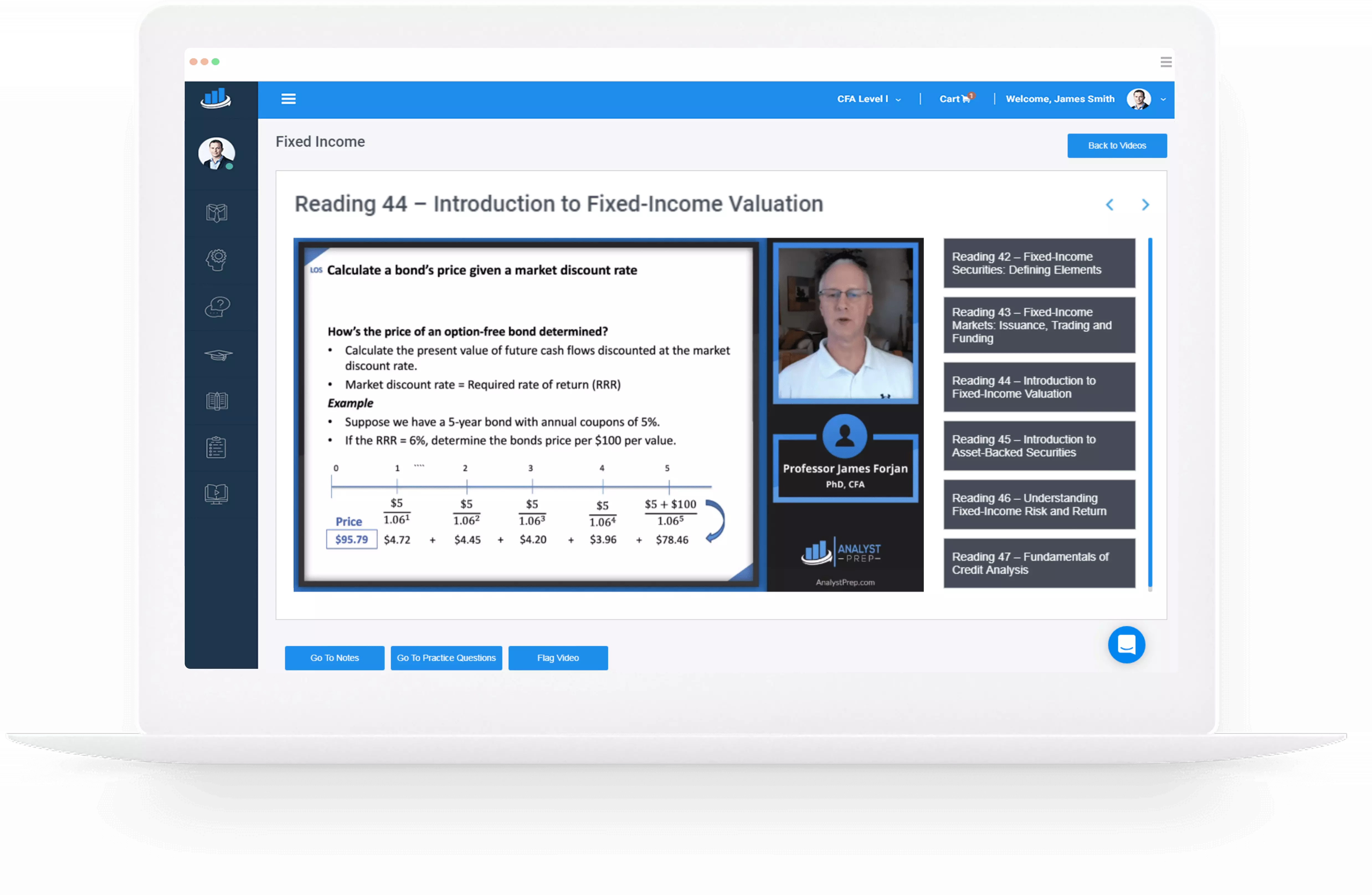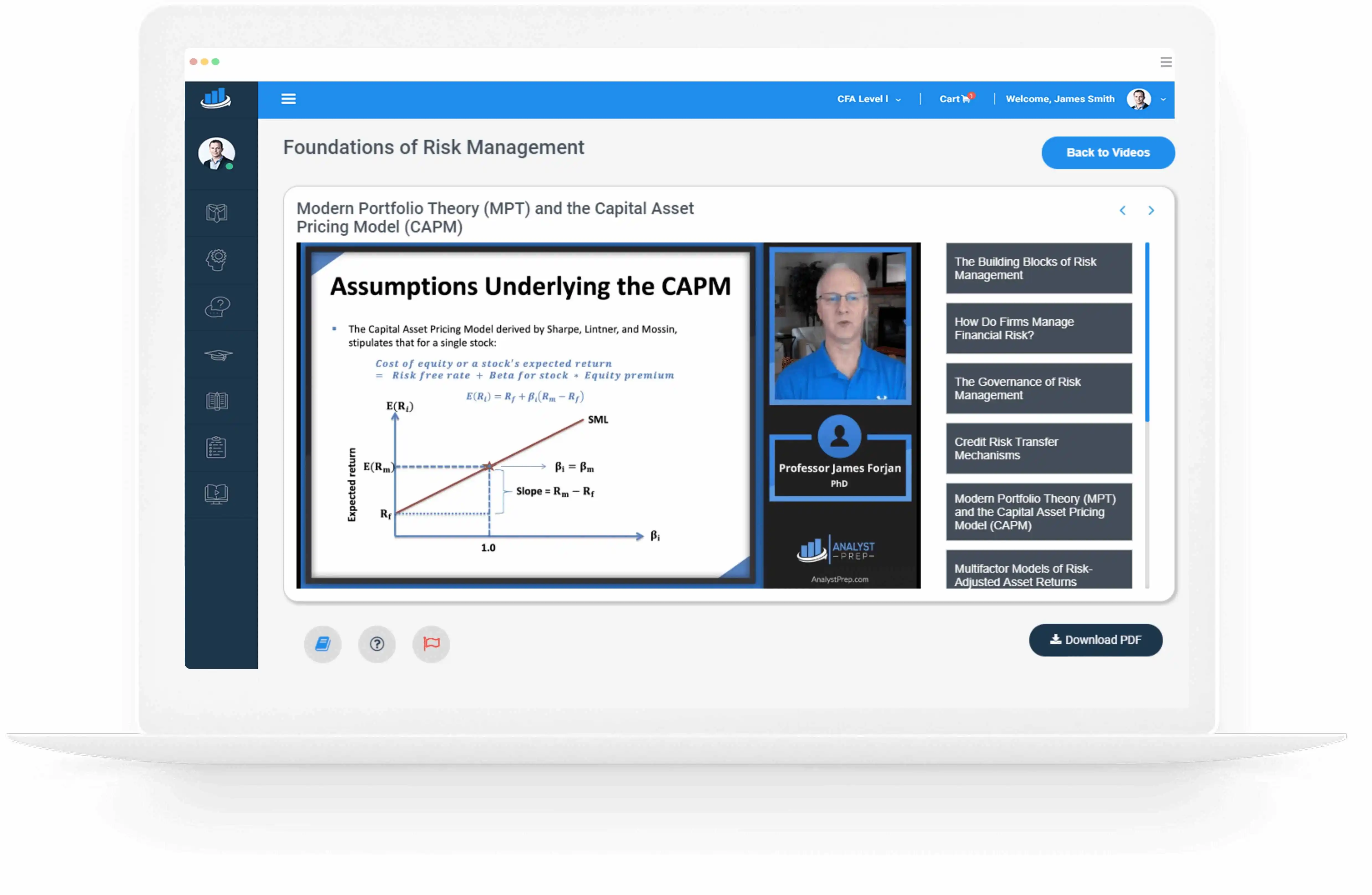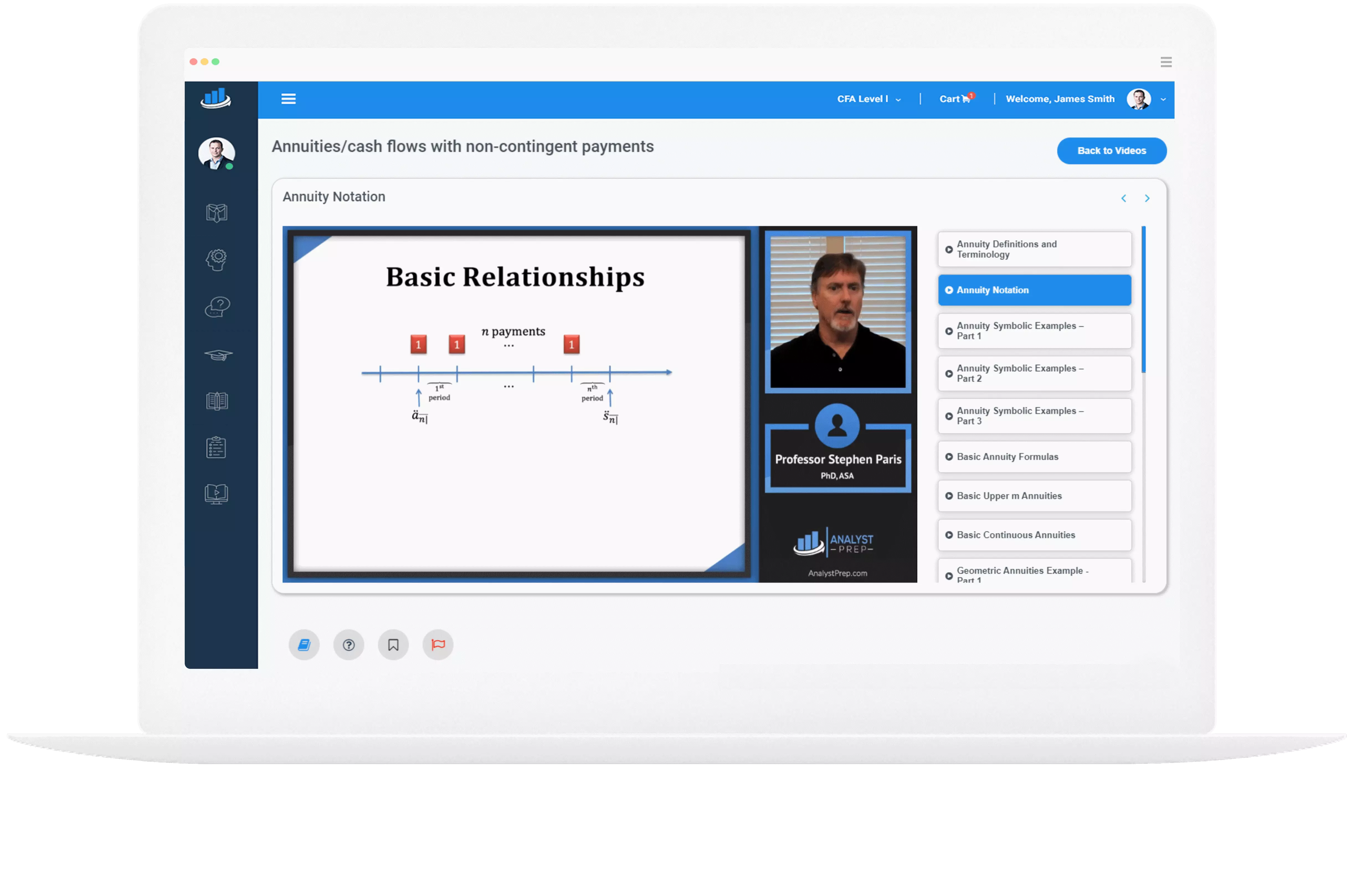Earnings Normalization and Cash Flow Estimation Issues
Private company valuations may require adjustments to estimate the company's normalized earnings as their reported earnings reflect discretionary expenses. This results in differences between reported earnings and normalized earnings. Normalized earnings are economic benefits adjusted for nonrecurring, non-economic, or other…
Private company valuation approaches
There are three major approaches to valuation: Income approach: This values an asset as the present discounted value of its expected income. Market approach: This values an asset based on pricing multiples from sales of assets viewed as similar to…
Reasons for Performing Valuations
Reasons for performing private company valuations are categorized into: Transaction related. Compliance related. Litigation related. Transaction-Related Valuation Transactions are events that affect the ownership or financing of a business. Private company transactions include the following: Venture capital financing Early-stage and…
The Scope of Private Company Valuation
Company-specific Factors Stage in the Lifecycle Private companies are usually at the early stage of development, while public companies are normally advanced in their lifecycle. Private companies have fewer employees and lower assets but may be significant, stable, and failed…
Accounting and International Considerations
There are two main drivers of residual income; ROE and book value. In applying the residual income model, the following accounting issues must be considered: Violations of the clean surplus relationship. Balance sheet adjustments for fair value. Intangible assets….
Strengths and Weaknesses of the Residual Income Model
Strengths The terminal value does not make up a large portion of the total present value relative to other models. Residual income models use readily available accounting data. Residual income models can be applied to companies that do not…
Residual Income vs. DDM and FCF Models
Unlike the residual income model, the discounted dividend and free cash flow models forecast future cash flows and find the value of a stock by discounting them back to the present by using the required return. Dividends and free…
Implied Growth Rate in Residual Income
The single-stage residual income equation can be rearranged to calculate the growth implied by the current market price. The current market price would be assumed to equal the stock’s intrinsic value. The intrinsic value is assumed to be the…
Single-Stage Residual Income Valuation
Single-Stage Residual Income Valuation The single-stage residual income (constant-growth) model assumes that a firm has a constant return on equity and constant earnings growth rate through time. $$\text{V}_{0}=\text{B}_{0}+\frac{\text{ROE}-\text{r}}{\text{r}-\text{g}}\text{B}_{0}$$ Example: Using a Single-stage Residual Income Model A company’s current book…




